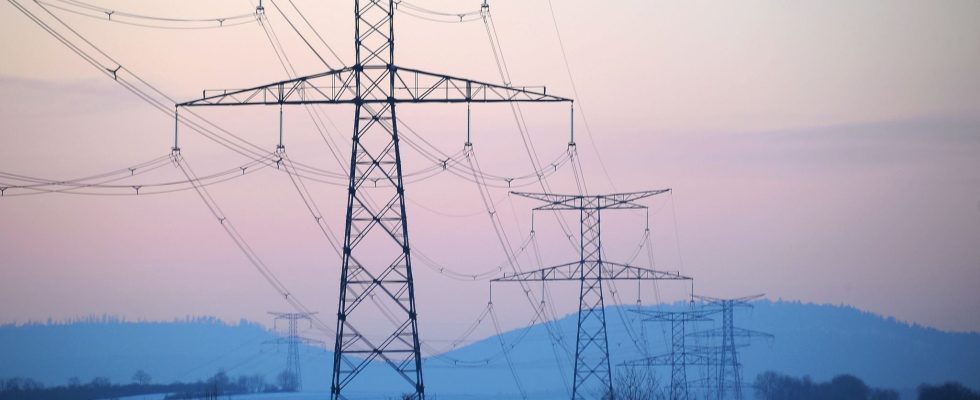It is a very high voltage line – 400,000 volts – which electrifies the debate. Connecting Fos-sur-Mer (Bouches-du-Rhône) to Jonquières-Saint-Vincent (Gard), this installation of RTE, the manager of the French electricity network, 65 kilometers long, should make it possible to decarbonize the industrial-port zone, whose transition to electricity will consume a lot of electrons. Its commissioning is planned for 2028. But some local elected officials, including the mayor of Arles, Patrick de Carolis, do not want to hear about it. There is no question of making the landscape ugly and covering up 150 pylons 50 meters high in the middle of natural parks. Elsewhere, in Sarthe, it is a project for an onshore wind farm which is arousing the anger of residents. A dozen masts in an area bringing together six municipalities. Even before their arrival, opponents denounce invasive, noisy machines that cause visual nuisance.
Almost everywhere in France, the local press echoes these mobilizations against the new projects linked to the transition, and their procession of collateral effects. In addition to the problems surrounding wind turbines and power lines, there are those concerning photovoltaic panels, on-shore connection infrastructure for offshore wind farms, and even new methanization stations, intended to produce “green” gas. Are the French right to fear a deterioration of their living environment?
An infrastructure boom
It’s hard to prove them wrong. To meet its emissions reduction targets, the country must radically transform. “The decarbonization of industry requires replacing fossil fuels with other energies, renewable or less emitting: the construction of new infrastructure is therefore essential,” underlines geographer and industry specialist Anaïs Voy-Gillis. In many areas, the step forward is enormous. By 2050, France plans to increase its electricity production capacity fivefold from photovoltaic panels. On the sea side, the challenge is just as ambitious: while the current share of energy coming from offshore wind turbines is close to zero in the French electricity mix, the government aims to increase it to 20% by the middle of the century.
That’s not all: energy transport infrastructures will also have to be considerably strengthened. Starting with the electricity network, whose mission will be to transport these new, “greener” electrons to factories or urban centers. Same thing for gas pipes, which in the future should make it possible to supply industrial centers with hydrogen, and to relieve them of the CO2 captured at the outlet of factory chimneys… “In fact, there will indeed be an impact on the landscape”, concedes Anaïs Voy-Gillis, emphasizing the importance of territorial planning and consultation, in order to meet the challenge of acceptability by local residents.
Limit nuisance
In 2022, the Economic, Social and Environmental Council (CESE) looked into this subject. In an opinion, the institution then estimated that “energy infrastructures, which are very visible, modify the balance of a territory and its landscape”. It is therefore “logical that part of the resident population feels harmed by this modification which can lead to loss of amenities in terms of landscape or calm”. The EESC therefore recommended putting in place cartographic scenarios for future projects.
The arbitrations promise to be difficult. To limit nuisance, a good part of these developments should take place in areas already hosting industrial complexes. “There will be renewal, sometimes substitutions of existing infrastructures,” confirms Anaïs Voy-Gillis. The new nuclear reactors planned as part of the relaunch of the French fleet must therefore be installed on pre-existing power plants. The increase in photovoltaic capacities should also develop thanks to small installations on individual homes or warehouses, limiting the deployment of huge solar farms. Finally, the future gas network capable of transporting hydrogen and CO2 has the advantage of being mainly buried. “The visual impact will be low,” promises Geoffroy Anger, head of the hydrogen cluster at GRTgaz. But for now, the routes, which depend on the volumes produced, have not yet been defined.
The importance taken visually by the energy transition will be an opportunity to reflect on the place of energy in our daily lives and to get used to its presence in the landscape, underlined a publication of the National School of Landscape, dedicated to the subject. A way to concretely realize our consumption, and perhaps thus to encourage more sober practices, in a second step. A bad for a good.
.
